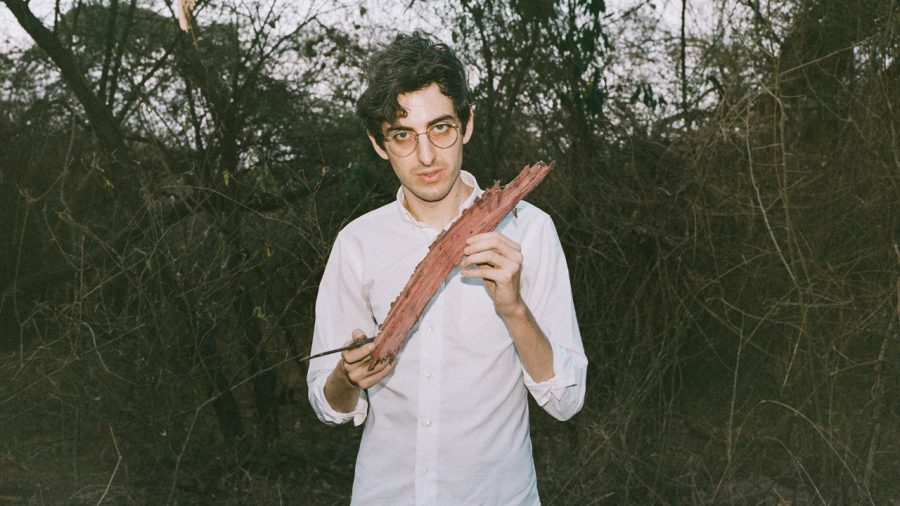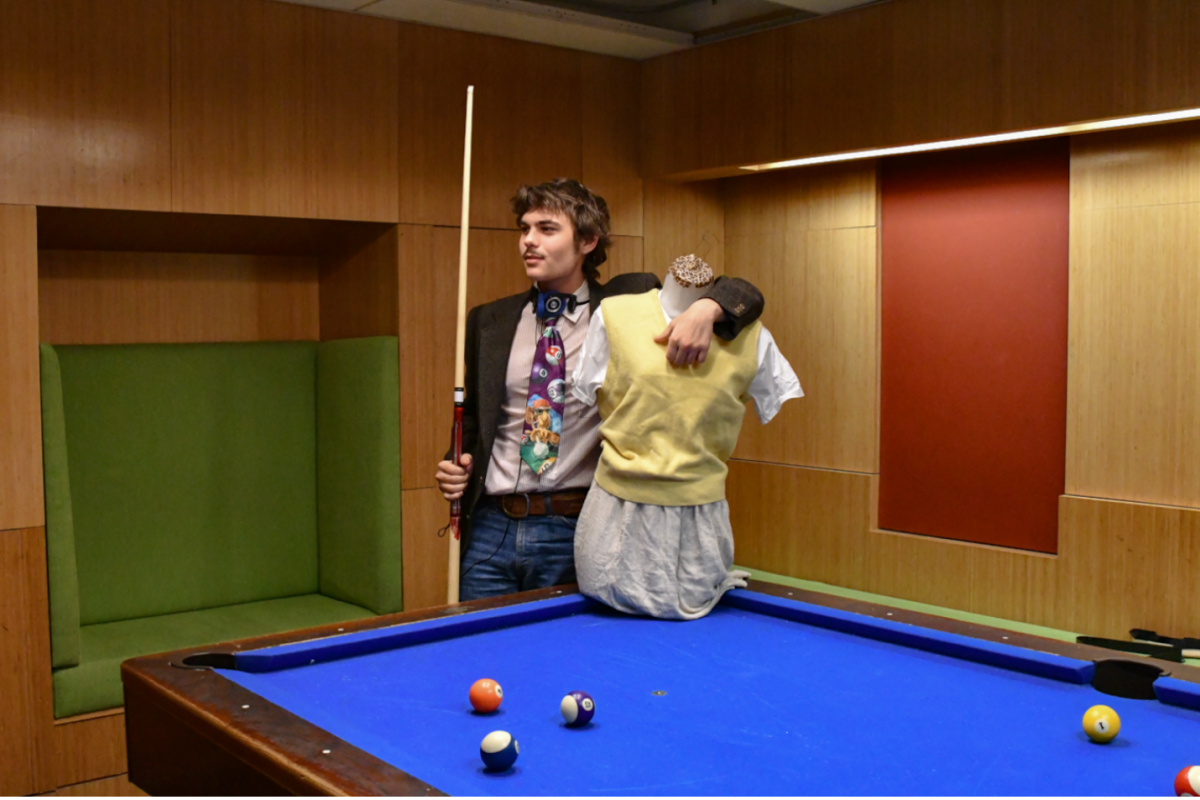Prior to 2002, the small screen industry was unaware of the tsunami of travel shows that would flood into the homes of viewers across the globe. Anthony Bourdain’s “A Cook’s Tour” was the first of many food travel shows that he would write and produce, incorporating politics, culture and the less glamorous dishes eaten by denizens of the colorful cities he traveled to. Bourdain’s enthralling memoir recounts his early days as a chef, as well as sheds some light onto what goes on in the kitchens of our favorite restaurants. This novel concept thrust him into the public eye and shortly after becoming an overnight sensation, he was offered a television show deal by the Food Network. At the time of publication in 1999, the world was shocked and, at the same time, ever so intrigued by recounts of a grease covered cook having sex with a newlywed bride in the back of a restaurant; this, among other pirate-like stories fills “Kitchen Confidential.” Bourdain describes this momentous occasion in vivid detail:
“Soon, all of us — Tommy, Lydia, the new dishwasher and I — were peering through the window, where in full view of his assembled crew, Bobby was noisily rearending the bride. She was bent obligingly over a 55-gallon drum, her gown hiked up over her hips. Bobby’s apron was up, resting over her back as he pumped away furiously, the young woman’s eyes rolled up into her head, mouth whispering, ‘Yess, yess . . . good . . . good . . .’ While her new groom and family chawed happily on their flounder fillets and deep-fried scallops just a few yards away in the Dreadnaught dining room, here was the blushing bride, getting an impromptu send-off from a total stranger. And I knew then, dear reader, for the first time: I wanted to be a chef.”
Since “Kitchen Confidential,” Bourdain has captivated the public with his unique storytelling and insightful perspective. Before his untimely death in 2018, his television shows “No Reservations,” “The Layover” and “Parts Unknown” had taken audiences to locations such as Morocco, Greece, Spain and Buenos Aires, to name a few in a seemingly endless list.
Only through “Parts Unknown” and Bourdain’s subtle dark-humor could audiences see a step-by-step process of how to make Mahjoun, an ancient Moroccan treat consisting of nuts, honey, dried fruit and the special ingredient, hashish; cannabis resin and kief pressed together into one potent psychotropic blend of goodness. Anthony Bourdain has found countless ways to tell the stories of cultures and their cherished dishes that make them unique. Luckily, his network allowed him the endless creative freedom over his episodes to venture wherever he wanted, eat whatever he wanted and drink whatever he wanted. He showed the world that no matter where you come from, no matter your culture, no matter your skin color, when you’re sharing a meal with someone, you’re a family. By dining at Michelin star restaurants with chefs, enjoying the local hole-in-the-wall meal late at night, eating in the home of a welcoming family and by occasionally taking part in traditions indigenous to such locations, Bourdain brought viewers on a sensational ride through all the back alleys and prominent eateries of any country he visited.
Hamilton Morris’s show “Hamilton’s Pharmacopeia” has many similarities to Anthony Bourdain’s programs. The Viceland produced “Hamilton’s Pharmacopeia” follows journalist, chemist, researcher and psychonaut Hamilton Morris to a multitude of cities and villages in which he explores the cultural use of psychedelic drugs, the impacts they leave or have left on society and the drug’s pharmacological properties. His show stands isolated from other drug documentaries because, unlike anyone else, he inhales, ingests or drinks the drug under his investigative eye, occasionally clouding such acts in clever euphemisms like “for analysis” or “taking samples.” Morris was able to partake in Peyote ceremonies, smoke the psychoactive secretions of the Bufo alvarius toad, snack on psychedelic truffles in Amsterdam and travel the world to study a cornucopia of drugs found in the psychoactive, dissociative and stimulant classes.
Hamilton Morris and Anthony Bourdain both set the bar high with their immersive and illuminating television shows that show the audience more than they could ever read in any article or book. As of recent, no show in the endless realm of streaming services is as informative, as immersive or as fascinating as “Hamilton’s Pharmacopeia.” His deep dive into the societal impacts of drugs, both legal and illegal, as well as the synthesis of these chemicals, offers an educational element to the series. When networks allow hosts the creative freedom to create the type of content they want, the world gets shows like “Parts Unknown” and “Hamilton’s Pharmacopeia.” In just one example, Anthony Bourdain pays homage to 1960s Italian films by shooting the entire 42-minute episode in black and white, with occasional subtitles. Similarly, in the episode “A Fungal Fairy Tale,” Hamilton’s narration follows that of children’s tales when describing the origins of muscimol and Amanita muscaria.
With the door burst wide open by “Hamilton’s Pharmacopeia,” I hope to see a tsunami of television in coming years that pulls influence from how Hamilton Morris spotlights the full spectrum of implications drugs have on individuals and society, as well as their scientific applications. Similar types of shows exploded from Bourdain’s “No Reservations” and with the ever-increasing awareness and interest in psychoactive drugs, shows like “Hamilton’s Pharmacopeia” will leave the public more informed and aware on this polarizing political matter.
Before Anthony Bourdain’s shows, the idea of “food porn” was not as popular as it remains today. While that isn’t entirely what his programs are about, it seems to be a main draw for the everyday viewer because, I mean, who doesn’t like shots of juicy pink steaks with garlic cloves and rosemary, percolating in butter, or creamy Brie on a toasty piece of bread with a glass of oaky red wine? It provides an endless amount of content. The phrase “drug porn” does not rest in the list of words to describe Hamilton Morris’s show, but some enthusiasts may marvel and drool at the endless amount of cannabis grown in his episode “Swaziland: Gold Mine of Marijuana” on YouTube.
There are keen similarities between how Hamilton Morris discusses drugs to unknowledgeable viewers and the way Anthony Bourdain describes food, drinks and culture to audiences. While Anthony Bourdain shows us how treasured, traditional Iranian food is prepared, Hamilton Morris walks through the synthetization process of pure N, N-Dimethyltryptamine, commonly referred to as DMT, one of the most potent psychoactive drugs that can be found in nature and synthesized in labs. The love and fascination Morris exhibits for Lophophora Williamsii, Ambien, clandestine chemistry, Ibogaine and other topics he explores shine through greatly when you listen to him speak on such subjects. Like Bourdain, Hamilton Morris’s attention to vivid detail and vast knowledge on the subject has the potential to leave viewers spending hours watching the show.
“Hamilton’s Pharmacopeia” can currently be streamed on Hulu and early episodes can be watched on YouTube. “No Reservations” and “Parts Unknown” can be streamed on Hulu as well as YouTube TV. Hamilton Morris is currently working on season three of his show which can be expected to air in the fall.
Quinn He can be reached at [email protected].





















Bryan • Aug 9, 2022 at 11:41 pm
DMT is dangerous it can kill despite how much he praises it!!! ???
Everything else besides PCP is safe in my opinion!!!
I don’t like his stance on certain substances.
He is right about some things but not all things.
Bryan • Aug 9, 2022 at 11:31 pm
This guy needs to stop talking about DMT it’s a dangerous chemical as well as spice and fentanyl.
He needs to go back to school I think hes leading America down the wrong path instead of the right one.
Jennifer Nicol Colwell • Jul 8, 2020 at 12:37 am
Your content is really helpful.it will be change our thinking.i am interested to read more.